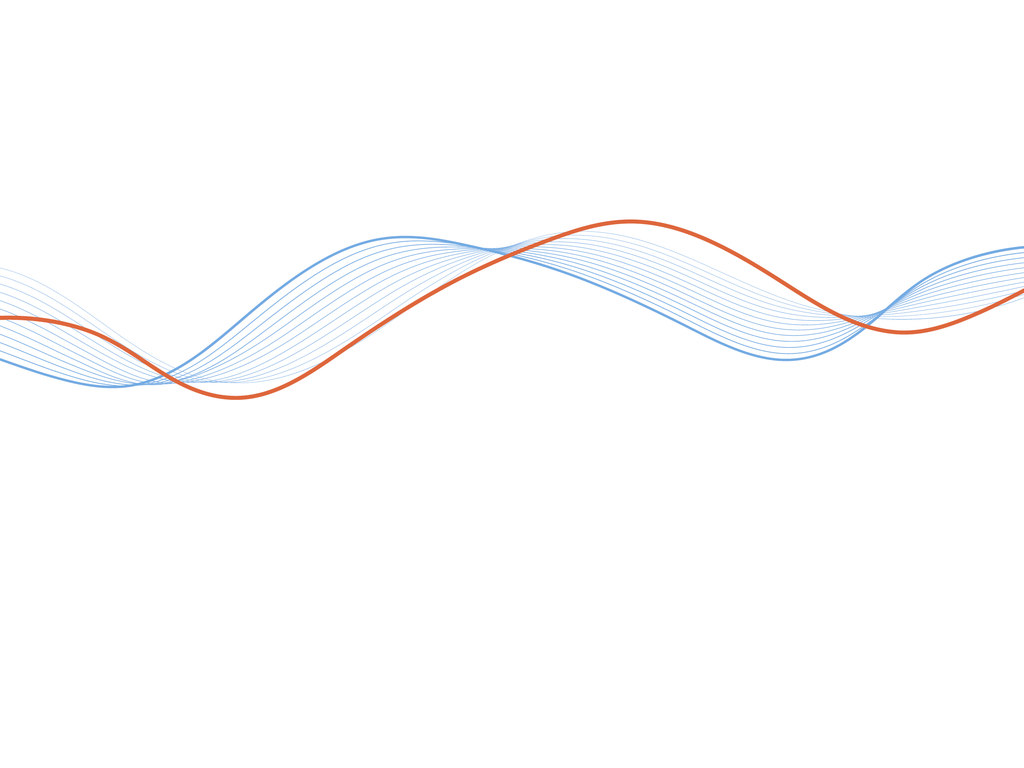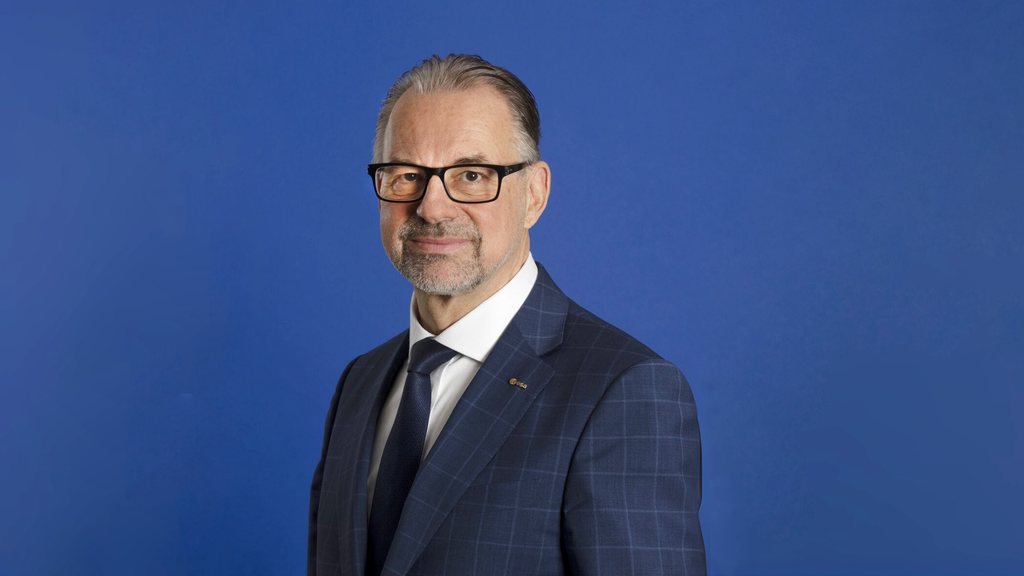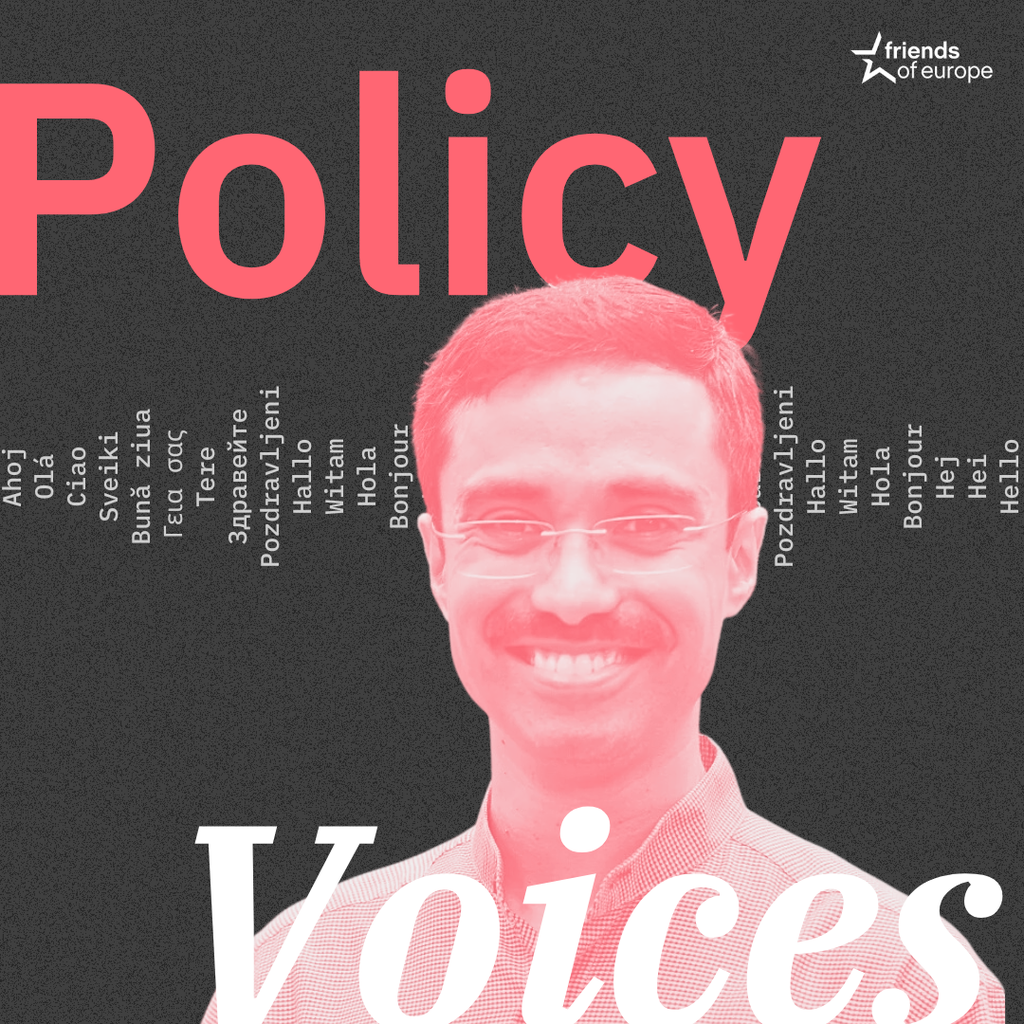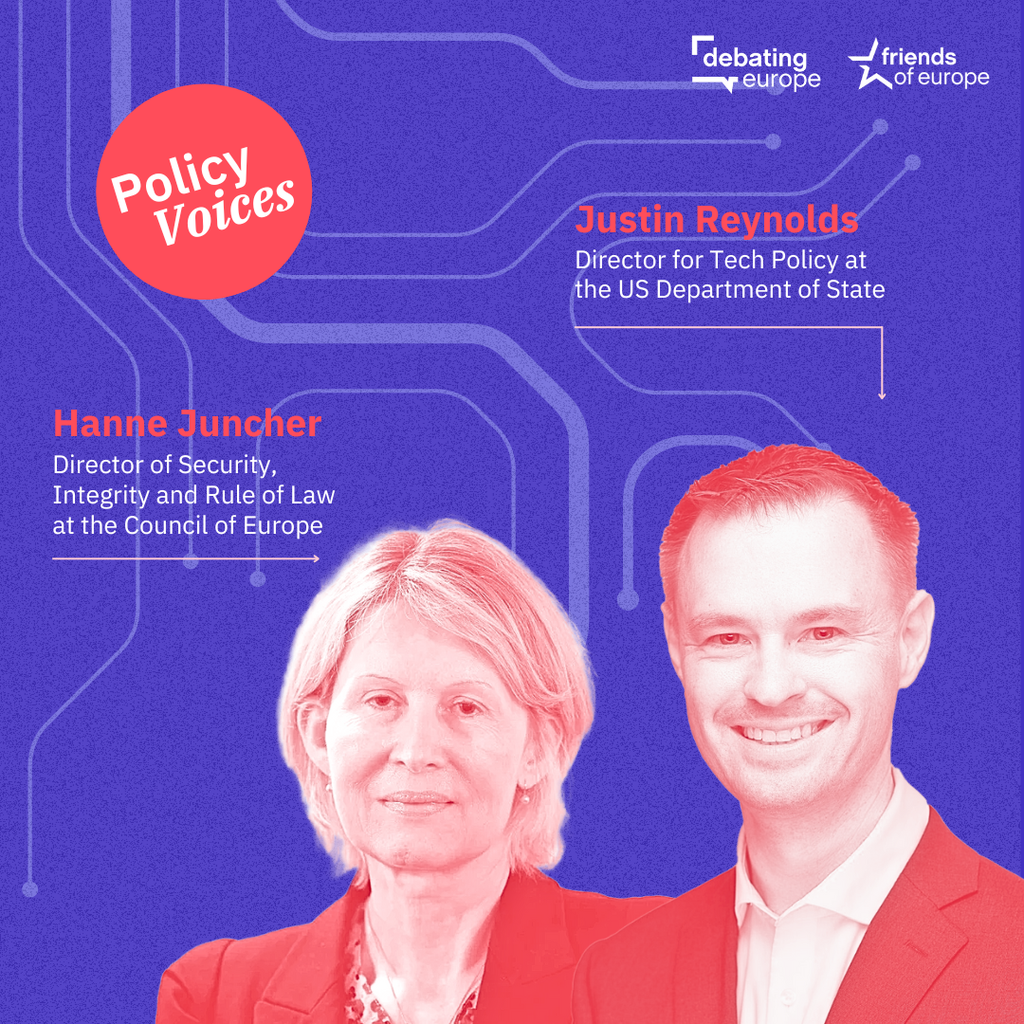A European agenda for space: resilience, security and sovereignty
Past event In person

- Area of Expertise
- Digital & Data Governance
Digital & Data Governance

Founder, Coworking Les Galeries
The Europe 2020 strategy for smart, sustainable and inclusive growth reflects the priorities of Europe and the way we will face future economic challenges. One of the biggest challenges is unemployment. Another is filling 200,000 digital jobs. From a gender perspective, women are over-represented among the unemployed and vastly under-represented in the tech sector.
It is tempting to consider gender equality to be of secondary importance in times of crisis. In fact, when looking for innovative solutions to economic challenges, ignoring half of the population is wasting the potential of half of the workforce. Investing in women is not about being charitable to women, it is about ensuring Europe develops the best talent available. Bringing women into the active labour force and helping them realize their full potential is a matter of economic efficiency. Now is the right time to reflect on those gaps that weaken our economy. As Einstein said, insanity is doing the same thing over and over again and expecting different results. Europe needs a change culture and mindset on gender equality. If not, many opportunities will remain untapped.
50 years of EU action does not erase thousands of years of patriarchy
IT is a prime example. One way to fix the shortfall in the IT workforce and reduce unemployment is by mobilizing all of our resources and developing existing capacities, that is by obtaining gender balance in IT. Attracting female talent to technology will help Europe to achieve its 200,000 digital jobs target and Europe 2020’s 75% employment rate goal.
During the past five decades, the EU has advanced gender equality. We are on the right track. Progress has been made and we should celebrate these achievements. But 50 years of EU action does not erase thousands of years of patriarchy. Change doesn’t come easily and doesn’t happen overnight. Old habits die hard. All of us, men and women, were born and raised in a sexist and macho society. Consciously and unconsciously, we help maintain societal power structures that discriminate against women. It is a systemic problem that will not be solved without a holistic approach.
Bridging the gender gap by increasing women’s contribution to all aspects of society has to start early on, from childhood. There is a need to focus on the next generation’s e-skills if we want to attract more talent to the technology sector. It is especially important to encourage the interest and knowledge of girls in maths and science. For girls to obtain access to strategic sectors within the economy, it is an indispensable pre-requisite that science, technology, engineering and mathematics (STEM) careers are opened up for them.
Europe must strengthen policies supporting the ecosystem that women need to be successful and powerful economic actors, and by extension spurring economic growth
Genetically, tests show girls are extremely capable mathematicians. Researchers have found that “countries with the poorest degrees of gender equality also have the widest disparity between male and female mathematical performance.” If it’s nurture and not nature that keeps girls from science, maths and technology, it means we can do something about it. Improving girls’ belief in their abilities will influence their choices and performance later in schooling. To address the shortage of qualified labour in ICT, we need to create an environment in which it is fun and natural for any child, regardless of gender, to take an interest in technology.
It’s not only school which shapes a child’s impressionable mind. Representation in mainstream media also affects the way girls and boys view the world and influences their aspirations. What message is the media and toy industry giving them? The girly world begins with cartoon and doll princesses and their pretty-in-pink attributes. Then the princess is replaced by a teen idol starring in TV series such as Hannah Montana. Finally the teen idol morphs into hyper-sexualized pop star. While boys are offered a wide variety of toys and characters that encourage them to be adventurous, curious, vigorous or affirmative, girls are mainly taught to be pretty. We need to present girls with positive role models that encourage them to be adventurous, curious, vigorous or affirmative as well. Giving visibility to powerful women in the media and showcasing their amazing achievements will inspire girls and women to be more ambitious. To quoting Geena Davis, “If she can see it, she can be it.”
Bridging the gender gap by increasing women’s contribution to all aspects of society has to start early on, from childhood
To make sure women have a voice at all levels, including positions of decision-making power, the European Commission proposed legislation in November 2012 with the aim of attaining a 40% gender balance on non-executive boards in large, publicly listed companies. The directive has received broad support in the European Parliament, but is still being debated by member states in the Council of the European Union. This directive is of course very welcome but it needs to be consolidated. The lack of binding measures for executive directorships leaves us with little hope of real progress. We all know what change on a voluntary basis means …
Europe must strengthen policies supporting the ecosystem that women need to be successful and powerful economic actors, and by extension spurring economic growth. Women face obstacles during their professional careers because they are women. Europe should address them explicitly when defining goals, and adopt appropriate incentives and specific targets. We need to consolidate good initiatives on issues like parental leave; increasing the number of day care centers and kindergartens; widening access to funding for women entrepreneurs; broadening access to information about mentoring, coaching and networking; increasing the visibility of female role models; educating girls to choose STEM careers; and closing the pay gap. Europe’s ambitious goals for smart, sustainable and inclusive growth will simply not be achieved without women.
Past event In person

Next event In person & livestreamed

Past event Online

Past event In person





Stay informed
We use cookies and similar technologies to adjust your preferences, analyze traffic and measure the effectiveness of our campaigns. Learn more about our privacy policy.